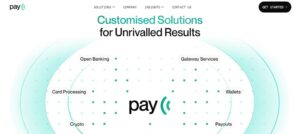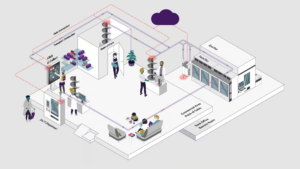Quality improvement is an essential aspect of healthcare that aims to enhance the overall performance and outcomes of patient care. With advancements in technology, patient tracking systems have emerged as a crucial tool for quality improvement in healthcare organizations. These systems are designed to monitor patients throughout their journey within the healthcare system, from registration to discharge. In this article, we will explore the role of patient tracking systems in quality improvement and how they have revolutionized healthcare delivery.
Streamlining Patient Flow
One of the primary benefits of patient tracking systems is their ability to streamline patient flow within a healthcare facility. With traditional methods, patients had to wait in long queues for registration, consultation, and other procedures. That is why knowing what are patient portals and how they can enhance your medical practice is important, as they offer a convenient way to manage patient flow and reduce waiting times. With patient tracking systems, patients can check in electronically, allowing healthcare staff to manage appointments efficiently and minimize waiting times.
Improved Efficiency and Communication
Patient tracking systems also facilitate efficient communication between different departments within a healthcare facility. Using these systems, doctors, nurses, and other staff members can access patient information in real-time, allowing for better coordination and collaboration in providing care. Additionally, patient tracking systems also enable healthcare providers to retrieve patient records quickly, reducing the risk of errors and delays.
Enhanced Patient Experience
Patient satisfaction is a crucial aspect of quality improvement in healthcare. Patient tracking systems contribute to enhancing the overall experience of patients by providing them with transparency and control over their treatment journey. By having enhanced patient engagement, patients can access their medical records, test results, and other information online, reducing the need for them to physically visit a healthcare facility. This also allows for better patient engagement and involvement in decision-making regarding their care.
Data Collection and Analysis
Patient tracking systems generate a vast amount of data that can be analyzed to identify areas for improvement in healthcare delivery. Real-time data on patient flow, waiting times, and other metrics can help healthcare organizations identify bottlenecks and implement targeted strategies for improvement. This data can also be used to track the effectiveness of quality improvement initiatives.
Conclusion
Patient tracking systems play a crucial role in quality improvement in healthcare. They streamline patient flow, improve efficiency and communication, enhance patient experience, and provide valuable data for analysis. As healthcare continues to evolve, patient tracking systems will continue to play a vital role in ensuring high-quality and efficient delivery of care. So, it is important for healthcare organizations to invest in these systems and incorporate them into their quality improvement strategies.





